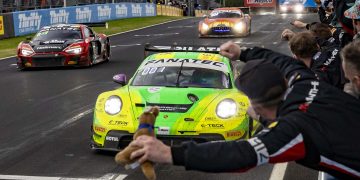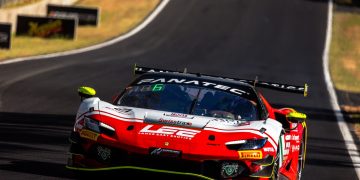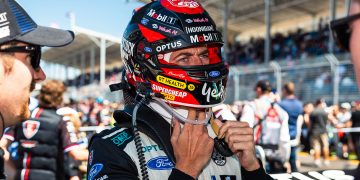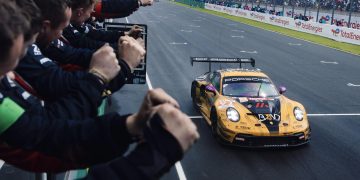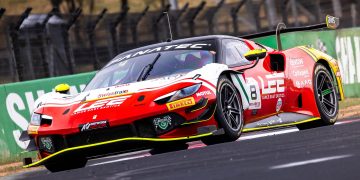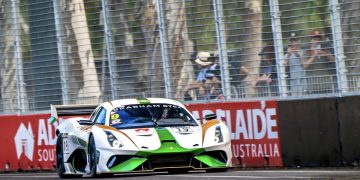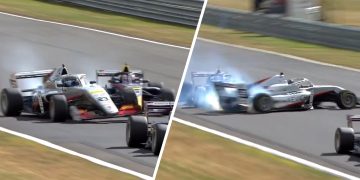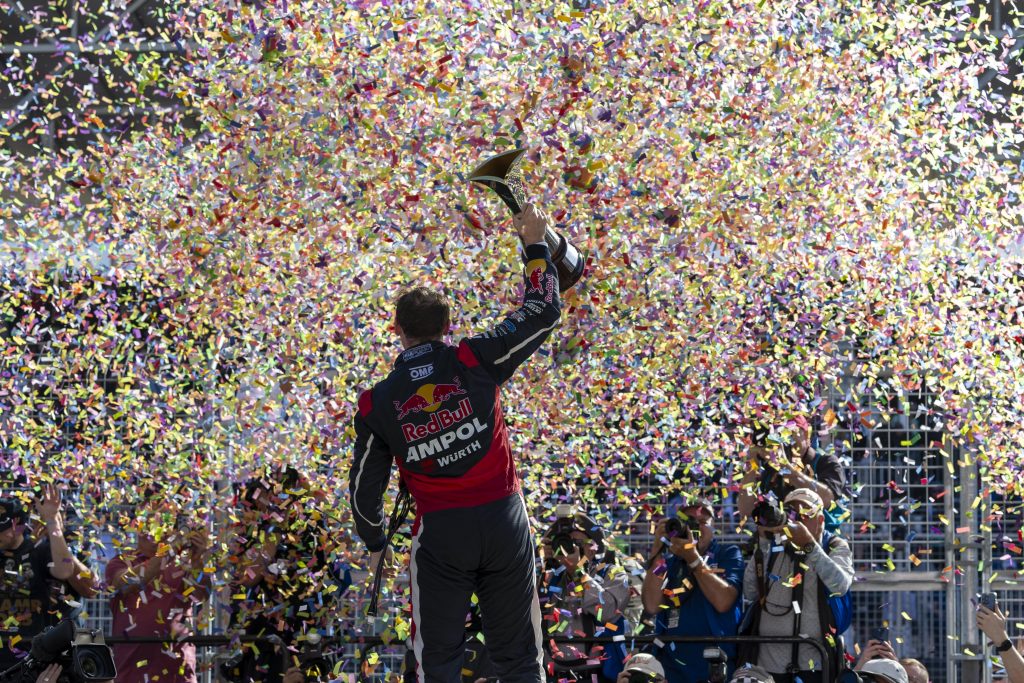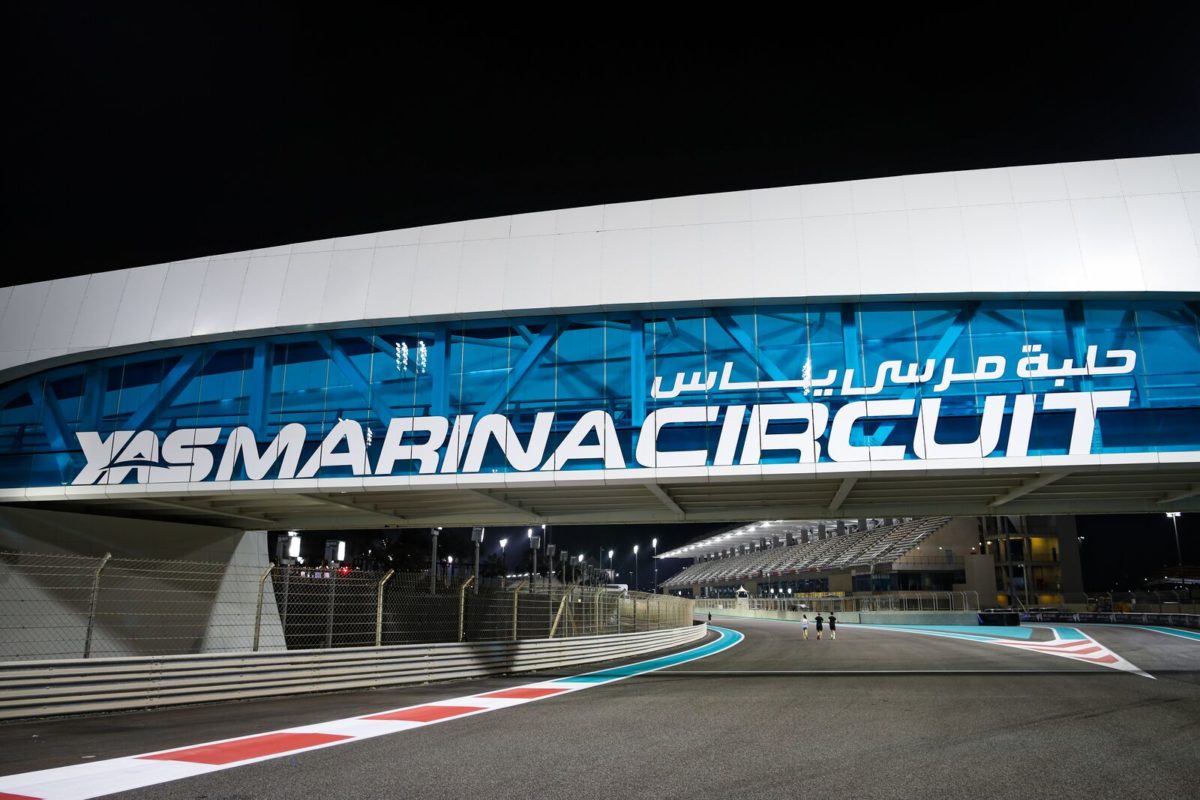
The FIA has released its report into the circumstances of the 2021 season-ending Formula 1 Abu Dhabi Grand Prix.
Max Verstappen won the race from Lewis Hamilton following the deployment of a late Safety Car and saw the season end in controversial circumstances with Mercedes lodging a number of protests.
In the wake of the ordeal, it was announced the FIA would launch an investigation into the final moments of the race with a view to understand and learn from any failings.
While offering a detailed insight into the moment-by-moment events as they transpired in Abu Dhabi, the report otherwise reveals little that wasn’t already known.
The key takeaways are that race control was overworked, lumbered with manual processes which it was managing at a time that it was also being bombarded by lobbying from Red Bull and Mercedes.
It paints a picture of an antiquated system with a single point of failure, which so happened to be Michael Masi, in need of the overhaul it’s now been given.
The report highlights the fact that the race director had a demanding workload and that his responsibilities should be divided and assigned to others, allowing him to focus on the key functions of the race.
It also noted the impact of radio messages between teams and the race director being broadcast on the world feed.
Specifically, it highlighted that “only part of the exchanges was made public.”
The report also declared: “The consensus of those involved in the detailed analysis and clarification exercise was that the respective communications to the Race Director by the Red Bull Racing and Mercedes Team Principals during the final laps of the 2021 Abu Dhabi GP had a negative impact on the smooth running of the final laps because they were distracting when the Race Director needed to focus on making difficult and time‐pressured decisions.”
It was also acknowledged that the rules regarding lapped cars being allowed to unlap themselves were open to interpretation, which created confusion.
Previously, race control manually managed the unlapping process, but for 2022 an automated system has been created to remove that workload.
Further, the report notes the rule changes that have been voted through by the World Motor Sport Council to clarify the unlapping procedure to prevent a repeat occurrence of the Abu Dhabi situation.
“The process of identifying lapped cars has up until now been a manual one and human error lead to the fact that not all cars were allowed to un-lap themselves,” it was noted on the FIA website as part of the decision of the World Motor Sport Council.
“Due to the fact that manual interventions generally carry a higher risk of human error, software has been developed that will, from now on, automate the communication of the list of cars that must un-lap themselves.
“In addition, the 2022 Formula 1 Sporting Regulations have been recently updated to clarify that ‘all’ and not ‘any’ cars must be permitted to un-lap themselves.”
A total of four recommendations were made, all of which are already public knowledge.
These include the creation of a Virtual Race Control Room, removal of direct radio communication broadcast on the world feed, changes to the unlapping procedure, and a new race management team.
Also in the WMSC decisions summary it was noted that Masi “was acting in good faith and to the best of his knowledge given the difficult circumstances, particularly acknowledging the significant time constraints for decisions to be made and the immense pressure being applied by the teams.”
You can read the full FIA report here.

 Shop
Shop
